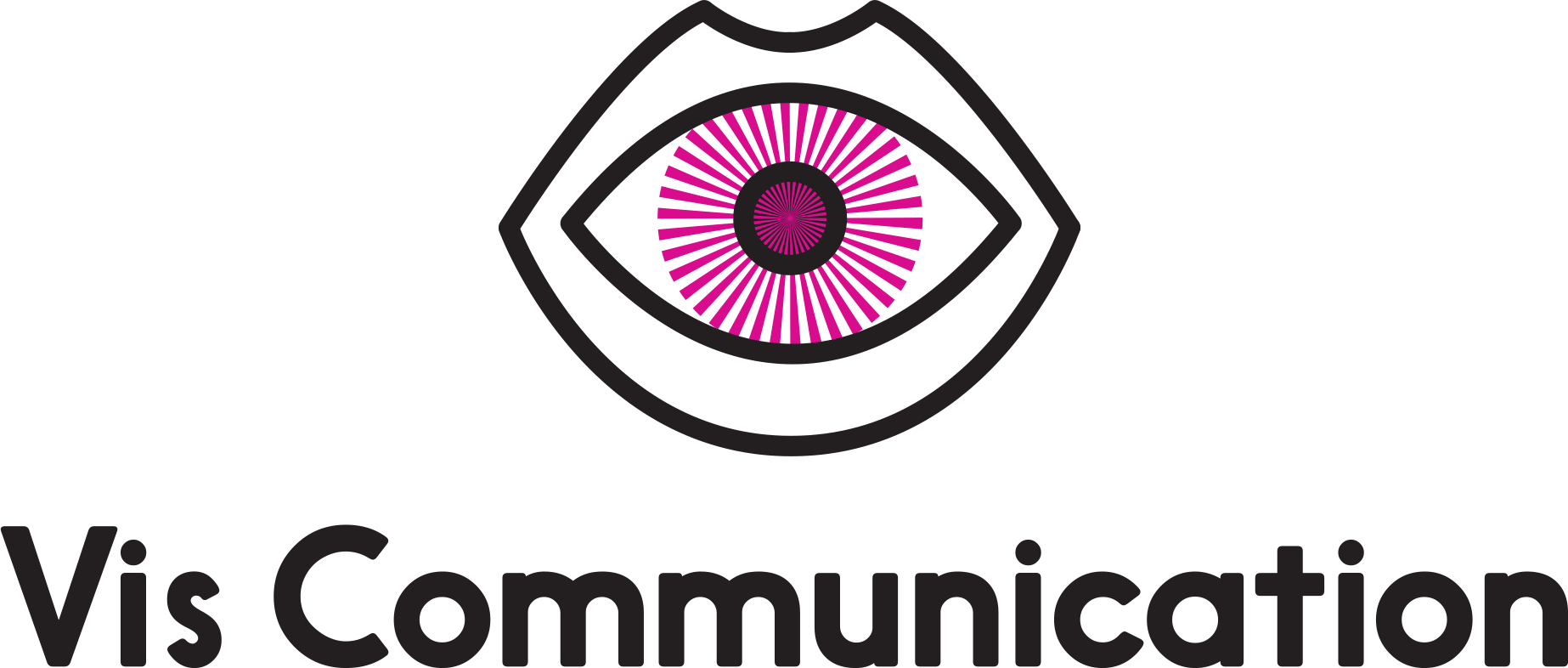3 Reasons Your Brainstorms are Going Off-the-Rails

I've been in a lot of brainstorm sessions over the years. Here are my top three reasons they're not as successful as they could be, or devolve into a bitch session. And then some ways to make it better.
- Half the meeting is spent delivering background information.
- There isn't enough structure to the meeting, and it goes every which way but the direction you need.
- There isn't a clear goal for what you are brainstorming about.
In the Covid times, I participated in MIT’s Mastering Design Thinking course. This three-month collaborative exercise brought together designers, engineers and entrepreneurs from around the globe to take innovation and problem solving projects from research to end product. Brainstorming is the heart of that process, and I learned some of the most effective ways to conduct a session.
Generally, the goal is to generate as many ideas as possible, and to quote Thomas Edison, “To have a great idea, have a lot of them.” Most of the ideas will end up discarded, but they are still helping you map the route to a solution. Creativity is about making connections to things that may not seem related. That’s why brainstorming works and why any wild idea should be encouraged. And because everyone at the table has different strengths, experiences and memories, there is more likelihood of discovering that key connection that solves the problem or generates the brilliant idea.
Rules of the road.
Before you even meet, give participants specific homework at least a few days ahead. Give them any background information, and let participants know the goal or problem you want to tackle. Ask them to come into the meeting with a couple of ideas or related things they've seen to jump-start the process. The reason for this is two-fold.
First, it's important to have participants think about the problem individually before being in the group. It also allows participants to conduct their own research. Has something similar already been done? What is the available technology or resources? What are competitors doing? Second, we often come up with ideas when we’re not really trying – when we’re engaged in some unrelated activity. A heads-up before the meeting will give participants time for thoughts to germinate.
What is the ideal size for a brainstorm? This was surprising to me. The answer is four to eight participants. So, if you need to include 16 people, you could break it up into two one-hour sessions instead of one two-hour session.
Host the meeting in a comfortable place with post-its, markers, a whiteboard, perhaps other materials if you might make physical prototypes. Express ideas visually if possible, even if it’s with a simple drawing. Caffeine and sugar actually do make a difference: they improve outcomes.
Once you begin, defer judgment. This is perhaps the biggest rule, and the one I will admit to breaking in the past. I'm wired to think ahead to potential roadblocks. But pretend that for this meeting time, there is no budget, there is no obstacle. After the brainstorm session is over, that's the time to have conversations about what ideas are feasible to move forward with. But for the time, anything is possible.
Have a moderator, to keep everyone focused. If things are starting to slow down or the team seems stuck, there are a lot of techniques you can use to shake things up again. I like SCAMPER but you can find many others online. Depending on how complex the question is, you could also use problem decomposition to break a large problem down into smaller chunks.
Brainstorming individually first and then with the group gives you two different results that reinforce each other. Individual brainstorming will get you Quantity and Variety. Everyone is different, and everyone will bring different experiences to the problem. You can start by having everyone share those couple of ideas they had for homework with the group before they are influenced by the group. Group brainstorming will give you Quality and Refinement. Here is where good ideas get better – or where ideas lead to other connections and ideas.
One last bit to think about is the concept of psychological safety in teams. Basically, if people think they will be punished or ridiculed for speaking out, they won’t. This can be detrimental to a brainstorm session, where participation is crucial.

Advertising and marketing are idea industries. But more and more almost every industry is an idea industry. Your goal could be the next great unicorn product, but you can also solve operational issues, identify new areas for growth, or come up with next year's sno-cone flavors. There's no For the Designer/For the Client this week – the info is the same for both. Let me know how your next session goes.


